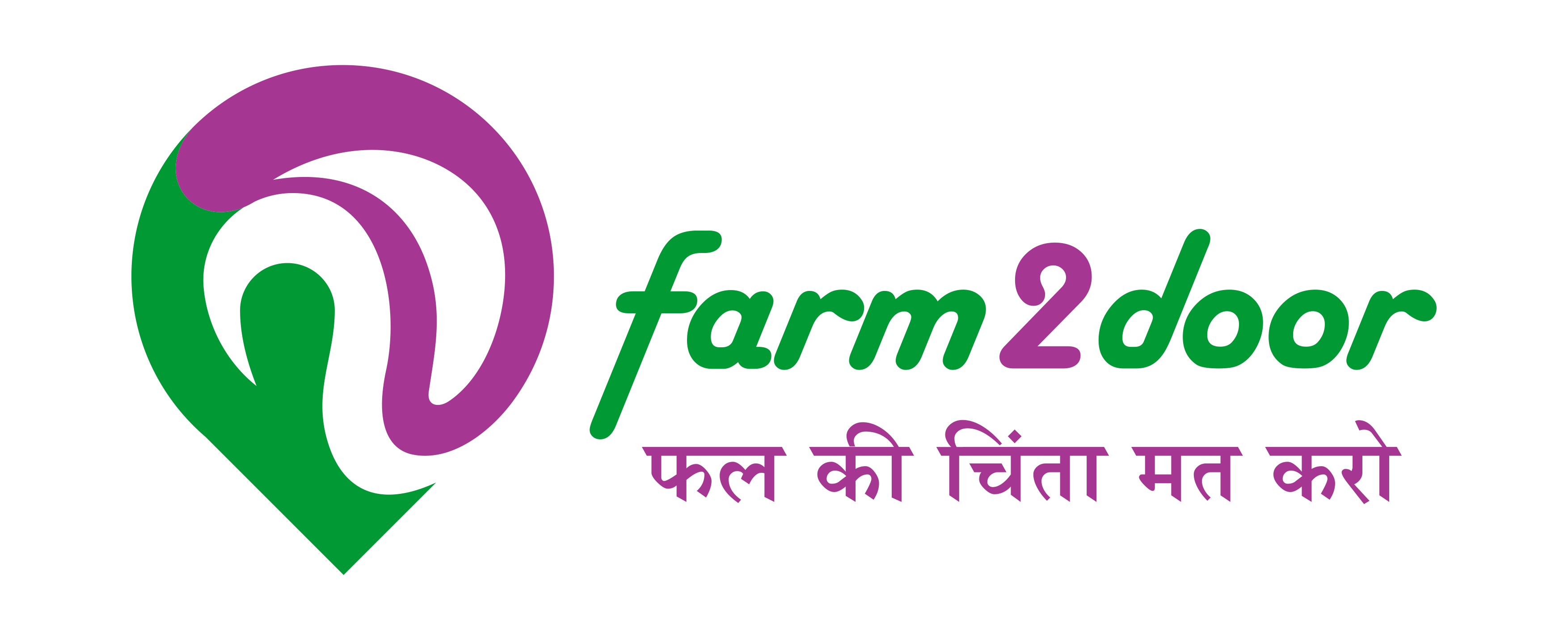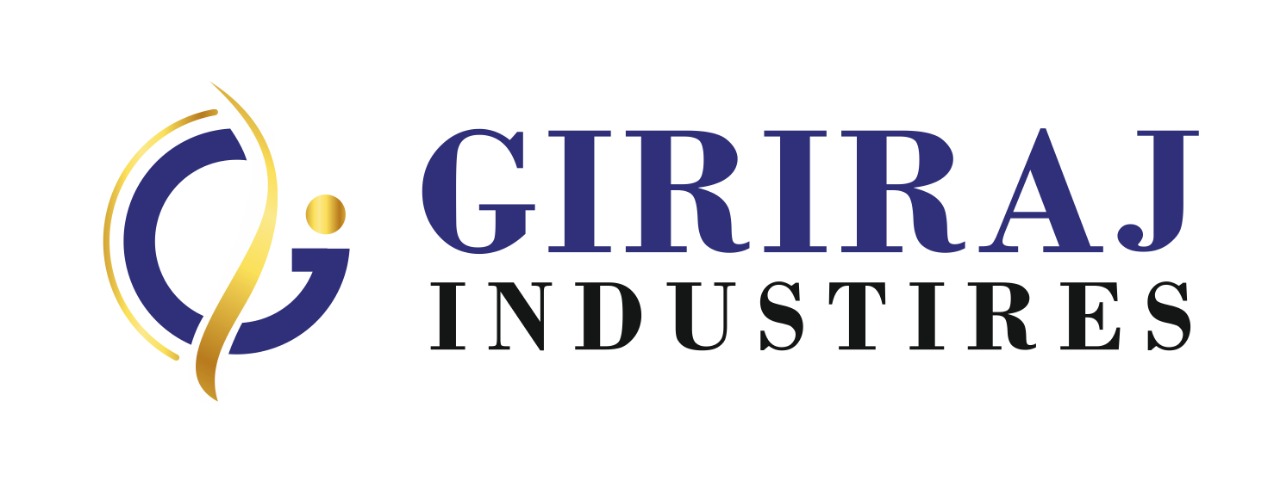In the first post, 6 Vital Elements of Contemporary Web Design [Part1/3], we set the groundwork for our web design process. We build basic understanding about color theories and contrast psychology. In the second post, 6 Vital Elements of Contemporary Web Design [Part2/3], we gone further with our web design process. We understand how visual hierarchy is helpful and what makes good UI. Let’s take the discussion to final but important points.
No. 5 – Call To Action Elements
Websites have their own goals or reasons behind their creations. In order to achieve the goals of website, we attract visitors, engage them, and lead them to achieve final targets of our website. In due course, we need to push our visitors to trigger intended actions to reach a final destinations of their goals as well as goals of website in an amalgamated journey.
When we push or call our users to take desired actions, it terms as CTA (Call-to-Action) and the UI elements used in due process call CTA elements. CTA elements have many forms existing on the web like buttons (such as Add to Cart, Add to Bag, Buy Now, Download, Purchase, Try Now, Sign Up, Log In, etc.)
Designing CTA Elements
A CTA-button has four important aspects to achieve the goals of the website and they are:
No. 6 – Responsiveness
We are living in mobile era and our more than 50% audience use only handheld devices to access Internet. Thus, not creating mobile friendly or say responsive website is a sin. We designers have to design website for mouse and keyboard usage, for T9 keypads use, for handheld game controllers use, for touch interfaces on various devices, for different input methods, and numbers of modern browsers to test.
Through responsive web design, we make website accessible and working across the multiple resolutions, OS of the device, and hardware fronts of the client-devices. In due course, we should take help of…
Hope you enjoyed reading this 3 part of “6 Vital Elements of Contemporary Web Design”. Use advance knowledge, tools, and technologies to design websites of any scale. It will help your client to get value out of you.
What are the other elements do you think that enhance your web design process?
Contact ALASTURE for any free consultation or Read more about our Web Design and Development Service.
In the first post, 6 Vital Elements of Contemporary Web Design [Part1/3], we set the groundwork for our web design process. We build basic understanding about color theories and contrast psychology. Let’s go further with new points.
No. 3 – Visual Hierarchy
When visitors see anything on the websites, their brains categorize visuals based on similarities and differences. They group them and organize into some meaningful patterns in natural ways that say hierarchy in mind. Thus, organized visual information can communicate effectively with its audience.
There are many ways to create similarities and differences among the visual elements like
As well as similar basic and advance elements of UI designing. With the help of this organized structure, we can guide our users to take decisions or actions we desire and can solve our problems with the cheap and quick ways.
If you know fundamentals of web page scanning patterns of your target audience like F-pattern and Z-pattern, etc. you can organize your elements on the page accordingly or set visual priorities of elements and solve your problems effectively.
No. 4 – Excellent User Interface
User interface is the window where we can communicate with our users or website visitors. Therefore, designing UI for each page or screen demands simplicity, natural human gesture recognition, and control to directly manipulate the given objects or actions.
Thus, each web designer should keep following things in mind while designing the web UI or screens.
In due course, you can follow some given basic principles:
In the next post – 6 Vital Elements of Contemporary Web Design [Part3/3], we’ll look into:
CTA Element – One of the important factor in web design that various websites missing. How is it useful? Let’s check in next post.
Responsiveness – Check out what to keep in the mind while developing UI.
Stay connected to get update of new post in your email. Share your thoughts in comments.
Contact ALASTURE for any free consultation or Read more about our Web Design and Development Service.
Unlike print copies, websites are anchor point of multimedia content besides the text. However, website visitors use audio cues sparingly and read text rarely. Therefore, visual elements (design) have to bear the duties of communication, possibilities, and interactions. Thus, through website, visitors know that what they are seeing, how it works, and why they should care.
Based on the aforementioned facts, we can say that visual designing is nothing but voice of interaction designs and information architectures and that voice is communicating the importance of relationship between the content as well as actions taking place within. In sum, for effective web designing, designers should strive for attention to the selection, organization, and presentation of material as well as make them all clear and engaging at each aspect of the website design. Thus, designers will be able to catch and keep audience engaged to hit the goals of website.
In due course, let’s check some vital elements of web design, if not all, in this post, that may help web designers in good deal to do effective web designing.
No. 1 – Color Theories
Color is the most basic and vital element of any visual design including web design. Hence knowing colors and their roles in website designing surely can help designers to win. For colors, there is color theory in practice where you can know meaning behind colors to exert sensory experiences and can apply that knowledge thoughtfully in web designing.
We know colors evoke emotions like:
By using an Equilateral Triangle in triadic color scheme, you can select the best colors based on following color classification theories:
No. 2 – Contrast Psychology
Humans have inherent capacities to recognize sameness and differences as survival mechanism. Through that, humans create similarity and contrast, connection and separation, grouped and ungrouped feelings in their minds. Thus, sameness and differences are evoking powerful emotions to act accordingly and humans give sharp reactions to the contrasts (opposition) while remain warm with similarities (friendly).
This psychology is working beautifully in all sort of visual designing and, web designing is one of the most benefited. If you want to take benefits from this psychology, you as web designers learn how contrasts can be created effectively to grab immediate attention of the onlookers and establish boundaries between elements.
When you use contrasts and similarities among the user interface elements on the web, be careful to keep balance and make screen appealing. If you create excessive contrasts or similarities that ends up in to something where nothing stands out and only noise remains.
Therefore, first, decide, which UI elements should stand out? What are their weights according to their importance? Which functions are they going to perform? Based on those decisions, apply similarities and contrasts.
In the next post – 6 Vital Elements of Contemporary Web Design [Part2/3], we’ll look into:
Visual Hierarchy – One of the important factor in web design that various websites missing. How is it useful? Let’s check in next post.
Excellent User Interface – Check out what to keep in the mind while developing UI.
In the next post – 6 Vital Elements of Contemporary Web Design [Part3/3], we’ll look into:
CTA Element – One of the important factor in web design that various websites missing. How is it useful? Let’s check in next post.
Responsiveness – Check out what to keep in the mind while developing UI.
Share your thoughts in comments.
Contact ALASTURE for any free consultation or Read more about our Web Design and Development Service.






Copyright © 2025 Alasture. All rights reserved.